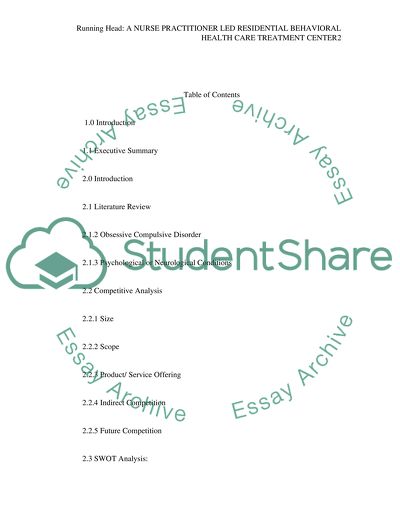Cite this document
(“A Nurse Practitioner Led Residential Behavioral Health CareTreatment Dissertation”, n.d.)
A Nurse Practitioner Led Residential Behavioral Health CareTreatment Dissertation. Retrieved from https://studentshare.org/health-sciences-medicine/1399855-a-nurse-practitioner-led-residential-behavioral
A Nurse Practitioner Led Residential Behavioral Health CareTreatment Dissertation. Retrieved from https://studentshare.org/health-sciences-medicine/1399855-a-nurse-practitioner-led-residential-behavioral
(A Nurse Practitioner Led Residential Behavioral Health CareTreatment Dissertation)
A Nurse Practitioner Led Residential Behavioral Health CareTreatment Dissertation. https://studentshare.org/health-sciences-medicine/1399855-a-nurse-practitioner-led-residential-behavioral.
A Nurse Practitioner Led Residential Behavioral Health CareTreatment Dissertation. https://studentshare.org/health-sciences-medicine/1399855-a-nurse-practitioner-led-residential-behavioral.
“A Nurse Practitioner Led Residential Behavioral Health CareTreatment Dissertation”, n.d. https://studentshare.org/health-sciences-medicine/1399855-a-nurse-practitioner-led-residential-behavioral.


